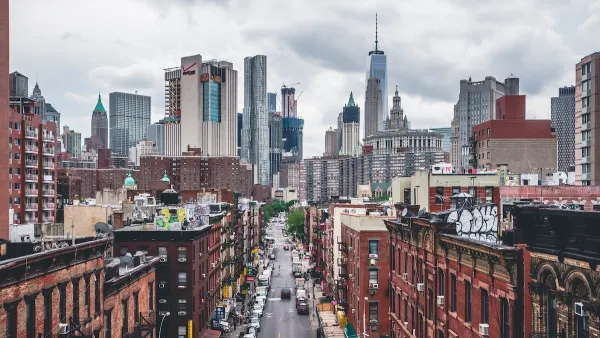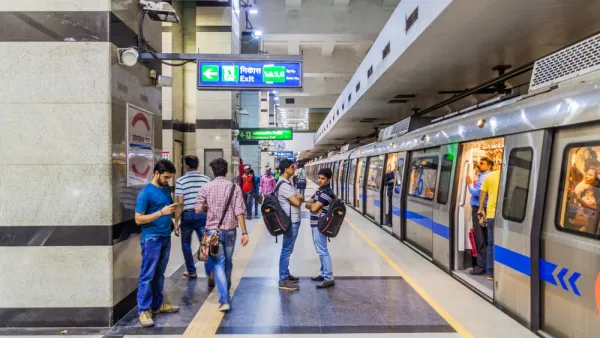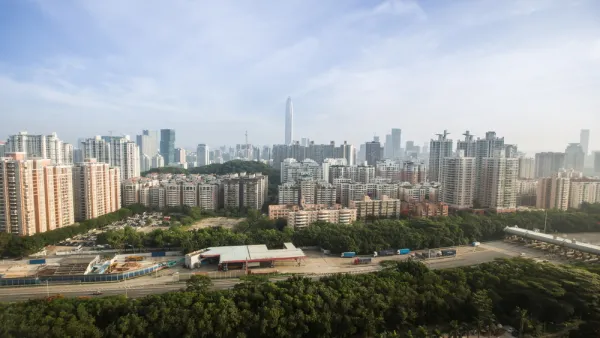As more and more people move to the cities, the prevalence of economic and racial segregation becomes more and more apparent.
"Increasingly cosmopolitan metropolises on every continent live under the specter of global tensions flaring up on their streets rather than on some distant battlefield. Even though this climate of fear hasn't stopped the inexorable path of urbanization, it has made growth patterns more segregated. Modern urban cityscapes better reflect Orval Faubus's vision for the world than Martin Luther King's. When Lyndon Johnson declared segregation 'forbidden' in the halcyon sixties, I doubt he or anyone else envisioned the racial and economic fault lines that divide cities four decades later. Segregation as a legal institution vanished in most places, but it's alive and well as a market phenomenon."
"A recent article by Peer Smets and Ton Salman in Urban Studies argues that 'segregation is indeed on the rise, its effects are becoming gloomier and there is ample reason for concern.' Urban development, once the domain of the state, is increasingly left to the private sector where market forces dictate catering to the upper classes. This leaves large segments of society sequestered in shabbier districts with less access to public or private services. Shrinking and out-of-fashion welfare states are unable to address the growing gap between rich and poor in most cities. Nor are they a match for the needs of the oncoming migration waves into cities worldwide."
FULL STORY: One World, Segregated

National Parks Layoffs Will Cause Communities to Lose Billions
Thousands of essential park workers were laid off this week, just before the busy spring break season.

Retro-silient?: America’s First “Eco-burb,” The Woodlands Turns 50
A master-planned community north of Houston offers lessons on green infrastructure and resilient design, but falls short of its founder’s lofty affordability and walkability goals.

Delivering for America Plan Will Downgrade Mail Service in at Least 49.5 Percent of Zip Codes
Republican and Democrat lawmakers criticize the plan for its disproportionate negative impact on rural communities.

Test News Post 1
This is a summary

Test News Headline 46
Test for the image on the front page.

Balancing Bombs and Butterflies: How the National Guard Protects a Rare Species
The National Guard at Fort Indiantown Gap uses GIS technology and land management strategies to balance military training with conservation efforts, ensuring the survival of the rare eastern regal fritillary butterfly.
Urban Design for Planners 1: Software Tools
This six-course series explores essential urban design concepts using open source software and equips planners with the tools they need to participate fully in the urban design process.
Planning for Universal Design
Learn the tools for implementing Universal Design in planning regulations.
EMC Planning Group, Inc.
Planetizen
Planetizen
Mpact (formerly Rail~Volution)
Great Falls Development Authority, Inc.
HUDs Office of Policy Development and Research
NYU Wagner Graduate School of Public Service





























